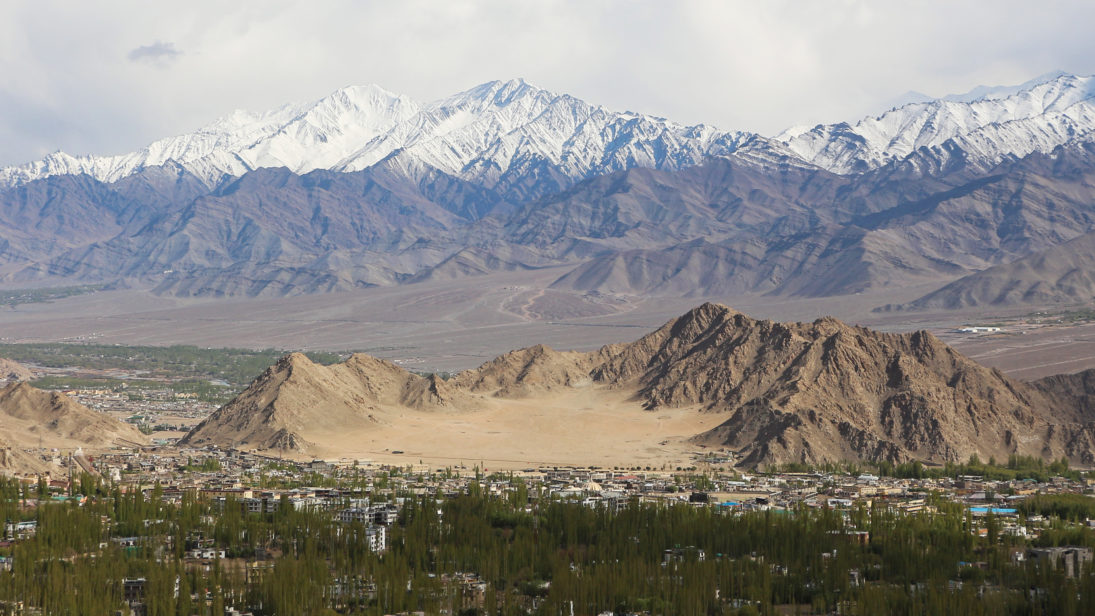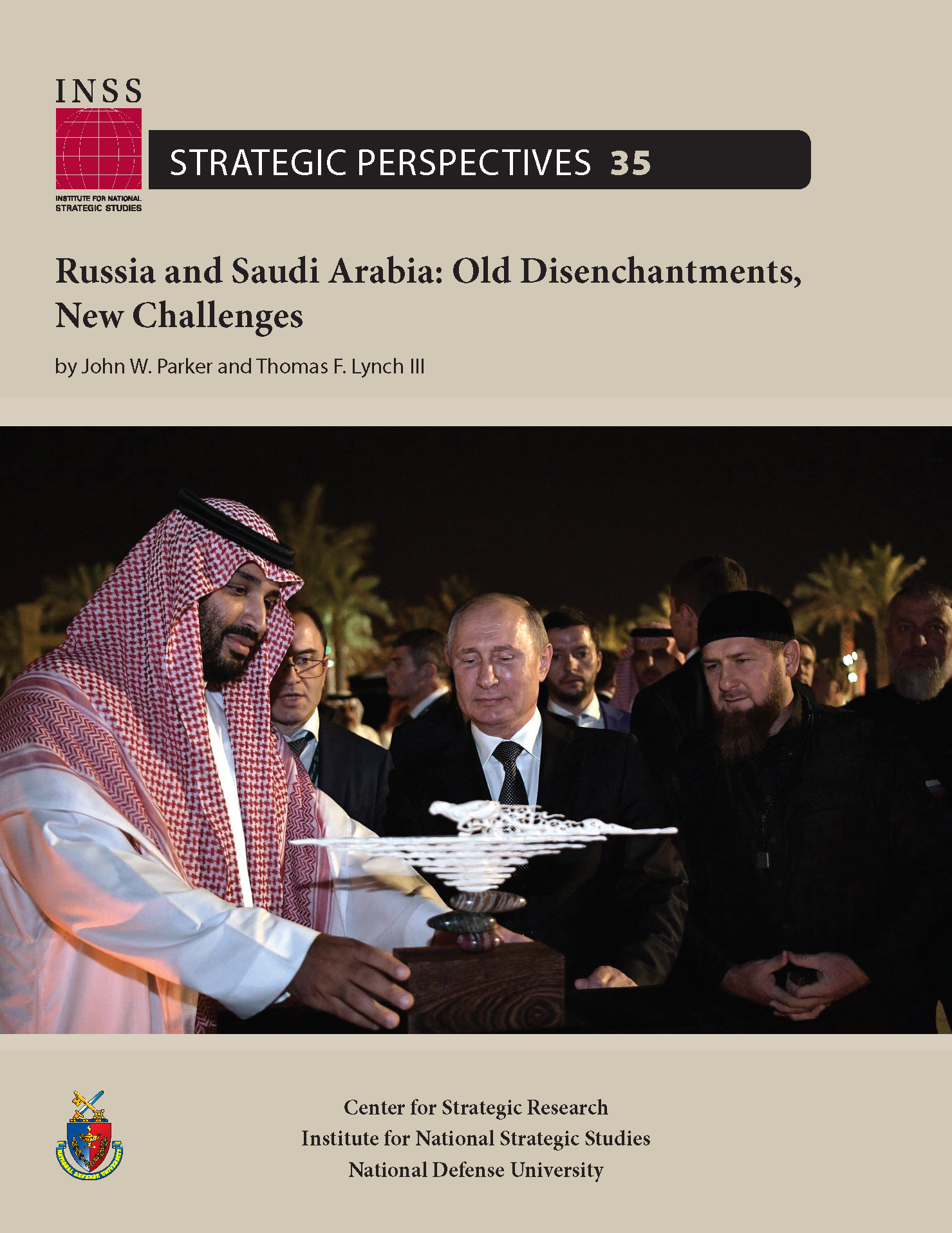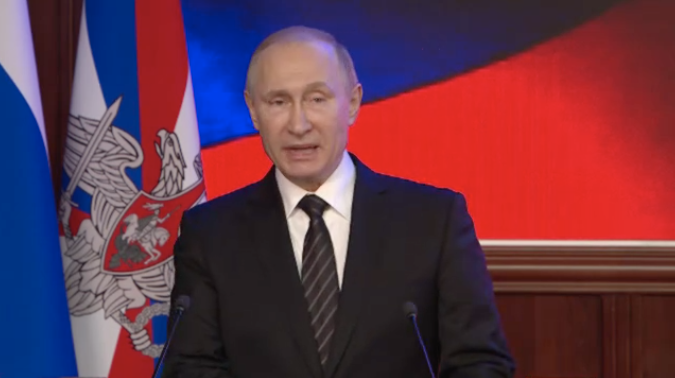Jacek Bartosiak
Roughly 2,400 years ago, Thucydides, a Greek historian and author of “History of the Peloponnesian War,” expressed a view that resonates in strategic thinking to this day. He argued that the real cause of the Peloponnesian War was the rapid increase in the power of Athens and the fear this aroused in Sparta, which had dominated Greece thus far. Author Graham Allison used this concept in his book “Destined for War,” in which he described the relationship between the U.S. and China as an example of the “Thucydides trap” – the idea that the decline of a dominant power and the rise of a competing power makes war between the two inevitable.
Thucydides focused his writings and analysis on the structural tensions caused by a sharp change in the balance of power between rivals. He pointed to two main factors that contribute to this change: the aspiring power’s growing need for validation and its demand, either implicit or explicit, for a greater voice and strategic place in multilateral relations; and the current power’s fear and determination to defend the status quo.
In the fifth century B.C., Athens emerged as a powerful force that in mere decades had become a merchant maritime power, possessing financial resources and wealth but also reaching primacy in the Greek world in the fields of philosophy, history, literature, art, architecture and beyond. This irritated the Spartans, whose state had been the dominant land power in Greece throughout the preceding century.


















